To summarise all of Italy’s endless produce would take many volumes, but to get an impression of our most precious and unknown ingredients we’ve asked some of the country’s top chefs to talk to us freely about biodiversity.
Rachel Roddy: An A to Z of Pasta
By Phoebe Hunt
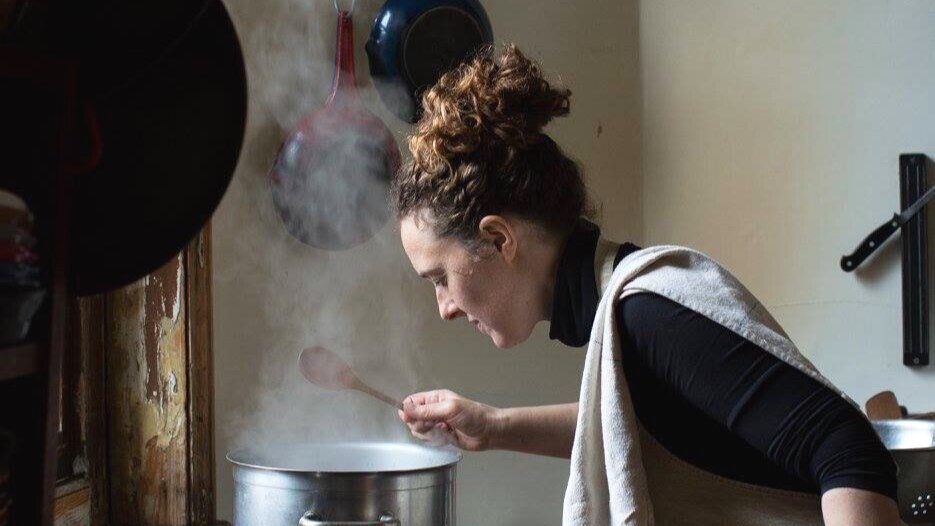
There is perhaps no better way to tell the story of Italy’s culinary diversity than through pasta. Not only are there many hundreds of different shapes originating from the country’s 20 regions – often with multiple different names depending on where they’re being eaten – each pasta shape forms part of the jigsaw that is Italy’s complex food history over the last few thousand years.
Rachel Roddy, one of the best food writers of our generation, has taken on the task of telling at least one part of this puzzle through her most recent book, An A to Z of Pasta, which will be published in June. Rachel has lived in Italy for many years and made a career documenting her food adventures and recipes in her much-loved weekly Guardian column, as well as a number of cookbooks. Through the lens of pasta, Rachel explores 50 different recipes with 50 different stories, travelling from pasta factories in Campania to family homes in Liguria, and everywhere in between. We sit down with Rachel Roddy for a (socially distanced) espresso in Testaccio, the vibrant quarter of Rome that she calls home.
OK, talk to us about pasta!
Well first of all, there are 350 to 600 pasta shapes with 1,300 identified names, so how on earth do you tell a story of pasta? It’s very, very hard to find patterns, and even when you do they’re sort of confusing, with so much cross-contamination and so many hundreds of strands and influences. What’s more, the story of pasta is not linear at all, despite what some people would have you believe.
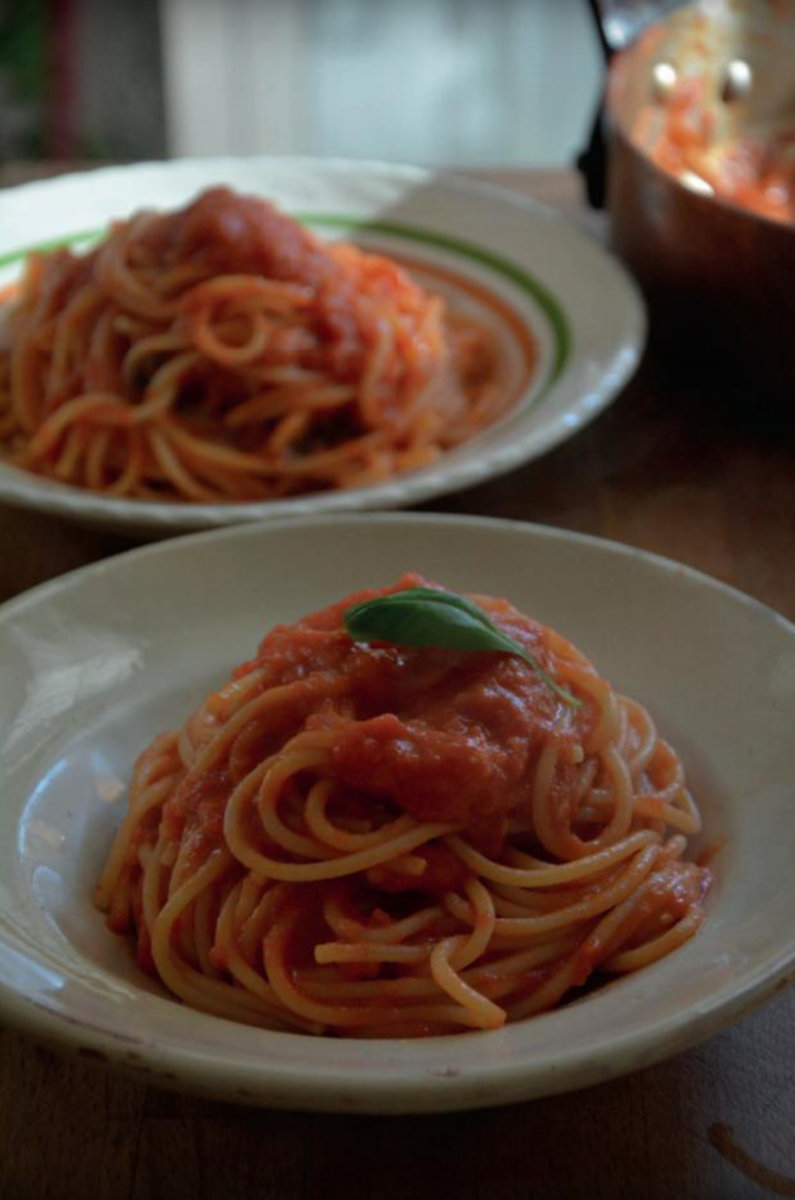
So, how have you categorised them and fitted them all into a book?
I decided I would tell 50 stories about 50 shapes, which would fit together like a jigsaw to form a story (which is not to say the be all and end all definitive guide) of pasta. And once we had this sort of common red thread to connect them all together, we gained momentum and it was actually quite easy to find the shapes I needed to tell this story. So it’s an A-Z: A is for Alfabeto, Z is for Ziti. I felt like a detective at times. It’s all about finding patterns, and it’s exciting when that happens.The book comes together as a series of short stand-alone essays, with a collection of classic recipes.
It’s less of a travel memoir than maybe my first two books were. There’s a lot of information, but it’s also a fun read. It wasn’t my position to be a definitive expert in all Italian food, and I hope the book shows that we don’t always need to take cooking rules too seriously.
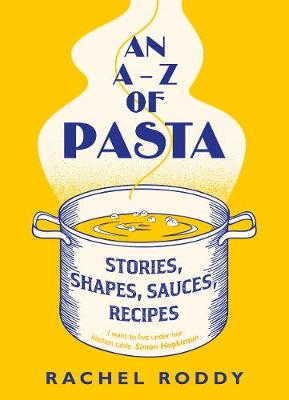
So, what about the origins of pasta?
It’s such a big topic. The story of pasta is the story of Italy, and the world, because of course they’re all interconnected. The most common argument is that pasta evolved from Roman Lagana and Arab Itriyya, and out of those shapes everything else formed over the century. But things were constantly being cross-pollinated… orecchiette probably came from the French, for example.
There are seven or eight really great scholarly books out there about the history of pasta. A particularly good one is by French and Italian author Silvano Serventi, simply called “Pasta.” It weaves through history and also draws a parallel story with Chinese noodles, but I haven’t done any criss-crossing there as it’s too huge a topic.
Which pasta shapes do you particularly love?
My favourite shapes are probably rigatoni or paccheri, which are big flappy tubes about the circumference of a 50p piece, a couple of inches long.Typically they’re from Campania, and they’re served with ragu or stuffed with different ingredients. The name is onomatopoeic from the Neapolitan dialect from paccharia, which means slap, because of the slapping sound they make when they’re being eaten. It’s a lovely shape to understand the importance of really good quality pasta. It’s so nutty and delicious and substantial when it’s done well.
What about pasta sauces? How important do you think it is to serve specific pasta with a specific sauce?
Rules are the total antithesis of Italian food anyway because it is all about home cooking, which is based on resourcefulness and mild anarchy.
The best example I can give for this is cacio e pepe, which in Rome is made with the canonical shape of tonnarelli, which is actually spaghetti alla chitarra, which was once known as maccheroni alla chitarra and is where all pasta came from for a very long time. But loads of people like it with spaghetti. Or bucatini which are slightly thicker and have a hole running through the middle. Or rigatoni tubes. Or even gnocchi! And in the end of that you sort of go “yeah, whatever.” It’s funny, and you’ve got to laugh at it – opinions and passions run so high around pasta.
And how does this tell a story about Italian food and ‘authenticity’ on a bigger scale?
In my book there’s a chapter called C for Casarecce – a lovely twisted ribbon pasta that looks like an S cross section – where I touch on exactly this. Like everything in Italian food, there are rules, and then you realise the opposite is sometimes completely true.
Oretta Zanini De Vita was a great Italian food writer, she wrote The Encyclopedia of Pasta which is a masterpiece, and spent years and years travelling all over Italy recording oral history and delving into old cookbooks. She eventually came to the conclusion that really any shape goes with any sauce, and that anybody who is saying anything otherwise is overthinking. But… she always says ‘but’… there are some things to think about. Of course there are some good ideas and guidelines, because with a lot of shapes and sauces the reason they’re so inextricably linked is because they evolved together.
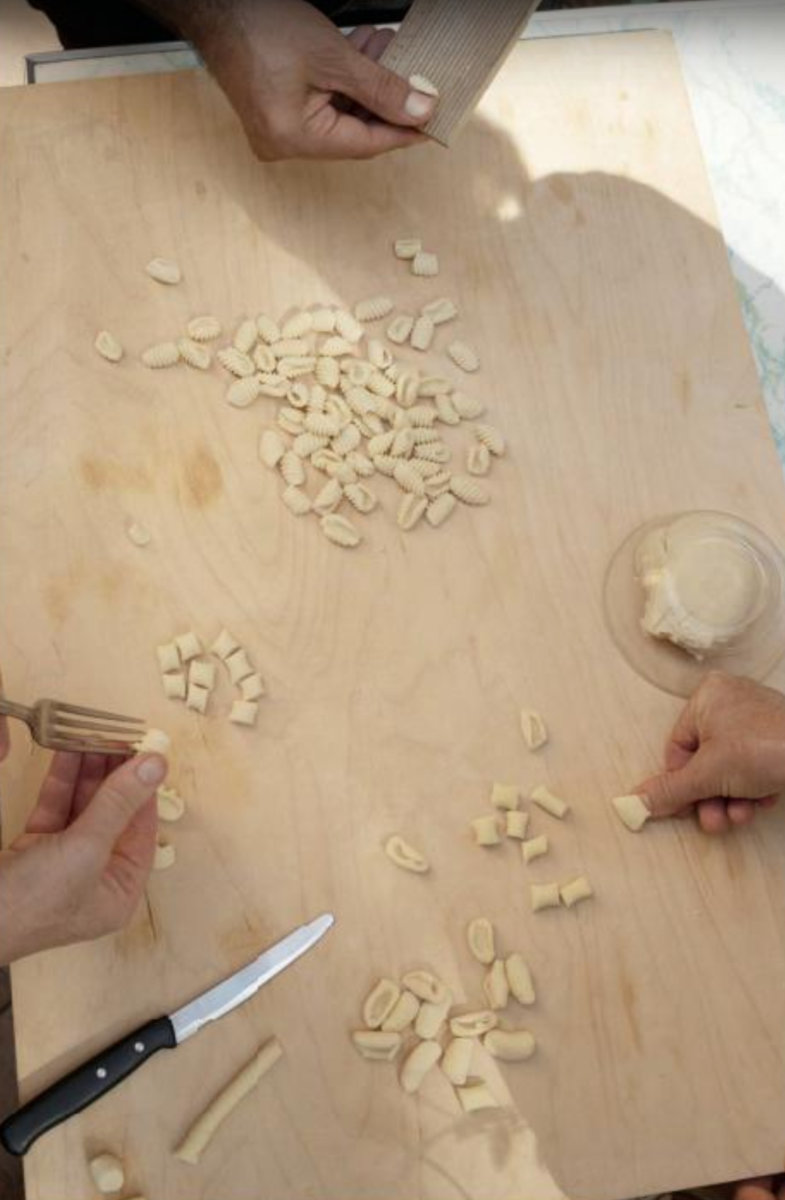
And what about when you’re cooking, do you stick to the rules?
I’ve always been a believer that when it comes to food ‘rules’, the opposite is often true in Italy. Those strict food rules are sort of preposterous anyway. Rules are the total antithesis of Italian food anyway because it is all about home cooking, which is based on resourcefulness and mild anarchy. This idea of “how things should be” is actually “how we need them to be.” It’s the idea of preserving things and our childhood, which is sometimes very traditional. For example, all the rules around tagliatelle and tortellini in Bologna, the idea that things should be a certain way, is totally ingrained as a sort of tribalism.
All of those things – from grandmas to checked tablecloths to old men in piazzas to coffee to ice cream – they’re all absolutely true. The problem with them is that they become a lie when that’s the only view you look at.
So on the one hand you’ve got the idea of clinging onto traditions to preserve them, and on the other there’s innovation and letting go. Where do you sit in this debate?
I think you can hold onto both. Tradition and “how things were” is a slippery concept anyway, and I do think the mythology around food is quite powerful here in Italy, but I think with the whole idea of clinging onto the past, I find myself wanting to ask “which past?”. It’s interesting to look at dates of when pasta dishes started to be eaten here, it’s often SO late. Even spaghetti and tomato sauce wasn’t a national dish apart from in Naples until the 1960s. Even the word spaghetti only came into the Italian language in 1859. I love Massimo Montanari, an Italian historian who writes beautifully about exactly this. He uses spaghetti al pomodoro as an example for the ultimate italian dish, when actually spaghetti is from the arabs and tomatoes are from the Americans, but those two things met here and invented a new tradition. Or for example, you can make pesto in your grandmother’s marble pesto, or you can make it in a food processor. So in my book I was able to offer two recipes, and you can hold onto them both – they’re not mutually exclusive. Now, of course, these dishes have all got ancient ancestors, but I think the point is, we’ve got to examine what we mean by the past. I totally believe you can hold two things together.
And what about as a journalist writing about life in Italy more generally?
You find food represented in every culture. I do think, without over-romanticising it, that Rome for example is such an edible city. Ingredients are so integral to the threads to the past and they feel part of the fabric of the city, so eating them feels to be eating your way in.
Well the concept is just the same. We know the currency and images and what’s expected when you’re writing about Italian food for international audiences. The point is that all of those things – from grandmas to checked tablecloths to old men in piazzas to coffee to ice cream – they’re all absolutely true. The problem with them is that they become a lie when that’s the only view you look at. That’s the problem with any cliche, when it stops us seeing beyond them.
I always remember walking through Monteverdi near where I live and seeing this incredible orange tree, one of the most magnificent scenes against a yellow building, and then right below it was a huge pile of rubbish and human excrement. I felt like I was having a profound moment when I started thinking about what you take a photograph of, and the importance of capturing Rome in a balanced way. The other extreme is the journalist who’ll say “damn the pretty cliches, we’re going to write about bad cornetti and crime”. You want to say, “hang on, we can hold it all together”. And that’s what i’m aiming for with my pasta book.
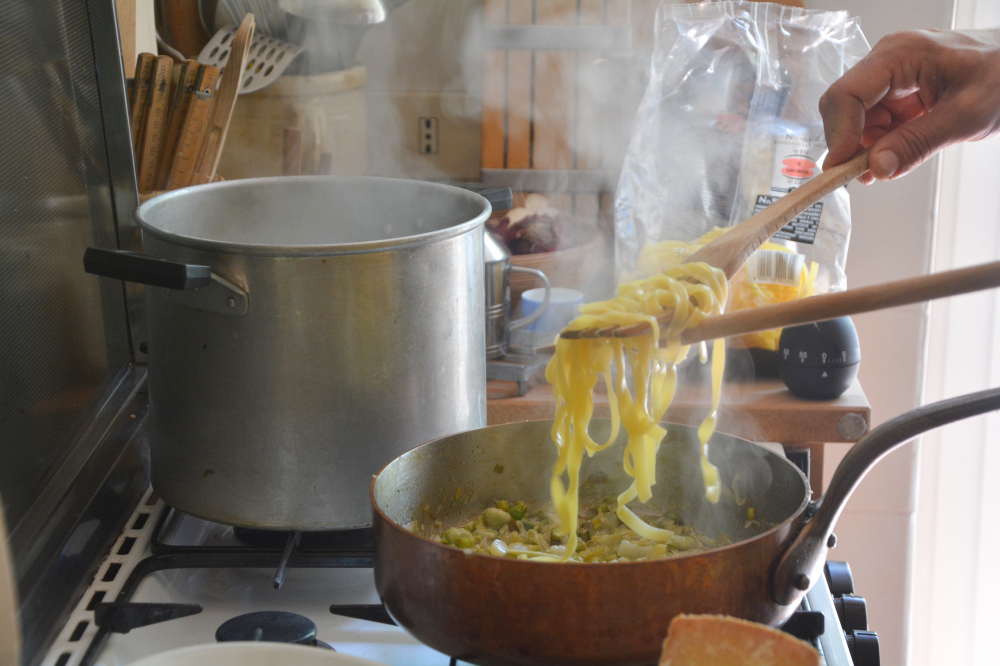
And finally then, why is food such a good metaphor for Italian life?
What’s so extraordinary about using food to understand a place and therefore a country and therefore the world and therefore humanity (without being overly ridiculous!) is that in Italy the continuous historic threads with food are so evident. When you learn about the founding myth of Rome in 753BC with Romulus and Remus, and you look at paintings and mosaics, you have pictures of cicoria, bitter greens, and ricotta, and you can find these threads all the way through to the modern day. For me they’ve always been the easiest to understand because I love to eat. You find food represented in every culture. I do think, without over-romanticising it, that Rome for example is such an edible city. Ingredients are so integral to the threads to the past and they feel part of the fabric of the city, so eating them feels to be eating your way in. If you look at a Roman menu in a trattoria, you can use it to write 3000 years of history with the ingredients. The same with Emilia-Romagna, and the same in Florence with the Medici, and the Etruscans before them – you can use it to map history. Ricotta olive oil, pasta, they’re all important.
